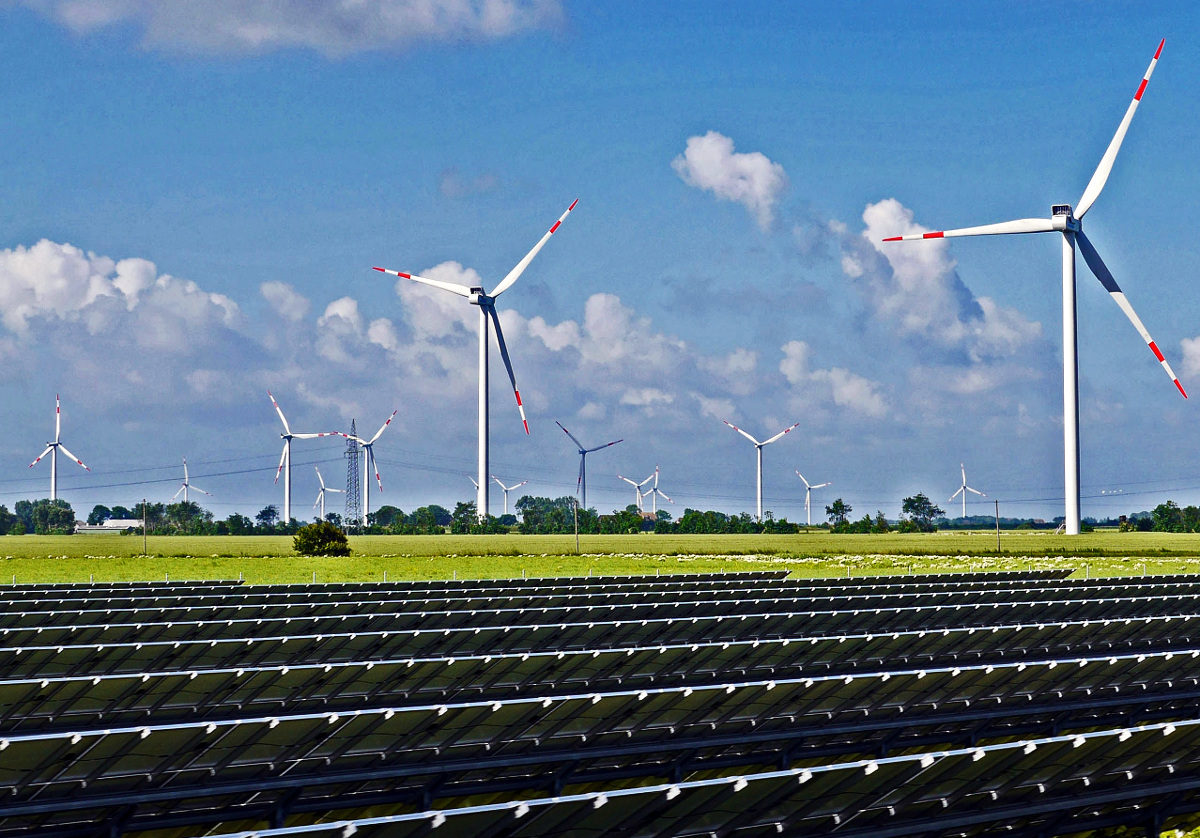India could easily achieve its 2030 targets by unlocking the potential of decentralized solar power generation even as it scales up utility-scale wind and solar power projects substantially, says a new report by The Energy and Resources Institute (TERI).
At COP26, India had announced its aim to attain 500 GW of non-fossil fuel capacity and meet 50% of its energy requirements from renewables by 2030.
So far, much of the renewable energy expansion in India has taken place primarily through large grid-scale projects. In comparison, the nation had installed only 7.6 GW of decentralized rooftop solar capacity as on March 31, 2022 against the target of 40 GW.
The report states implementation of feed-in-tariff in the kW range would lead to a surge in decentralized capacity addition in rural India through private investment. The feed-in-tariff has to be well above the price bids received for large solar projects as there are higher unit costs in dispersed small installations as well as greater risks. This would reduce distribution company (DISCOM) costs, provide better quality power in villages, and increase farmer’s incomes.
Further, the nation could tap the immense potential of canal-top solar. All canals could be covered with solar panels by 2030, and a minimum of 10 GW capacity could be created on major canal systems of India, the report adds.
No pathway to renewable energy transition is plausible without adequately addressing the issue of storage. “India should initiate storage projects using mature technologies for pumped storage plants (PSP), concentrated solar thermal plants (CSP), and batteries,” observe the authors. “The State should take the initiative in developing pumped storage plants.”
Apart from advocating strategies, the paper examines the prospects of India growing into a cost-effective and competitive manufacturing hub for renewable energy. It suggests the extension of Production Linked Incentive scheme to cover the full spectrum of renewable energy equipment production, solar panels, mirrors and sensors for solar thermal, batteries for grid use, and hydrogen.
With the green energy open access rules being notified, the DISCOMs need to give Commercial and Industrial consumers the choice to buy carbon free electricity on a real time basis with separate tariffs. This choice, observe the TERI authors, may be extended to all consumers since it would accelerate the transition to carbon free electricity.
Timely and appropriate action in implementing the requisite range of measures is the key to India meeting the 2030 goals, assert the authors.
This content is protected by copyright and may not be reused. If you want to cooperate with us and would like to reuse some of our content, please contact: editors@pv-magazine.com.









By submitting this form you agree to pv magazine using your data for the purposes of publishing your comment.
Your personal data will only be disclosed or otherwise transmitted to third parties for the purposes of spam filtering or if this is necessary for technical maintenance of the website. Any other transfer to third parties will not take place unless this is justified on the basis of applicable data protection regulations or if pv magazine is legally obliged to do so.
You may revoke this consent at any time with effect for the future, in which case your personal data will be deleted immediately. Otherwise, your data will be deleted if pv magazine has processed your request or the purpose of data storage is fulfilled.
Further information on data privacy can be found in our Data Protection Policy.